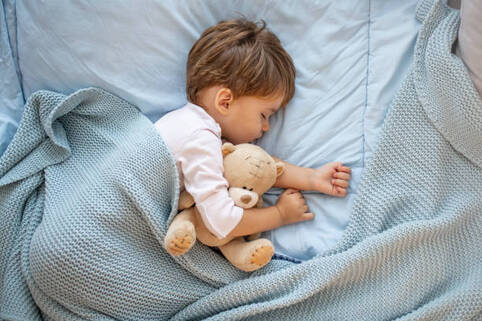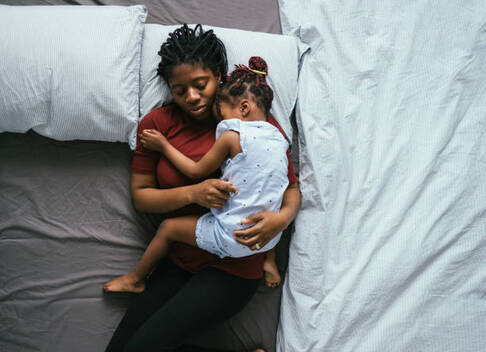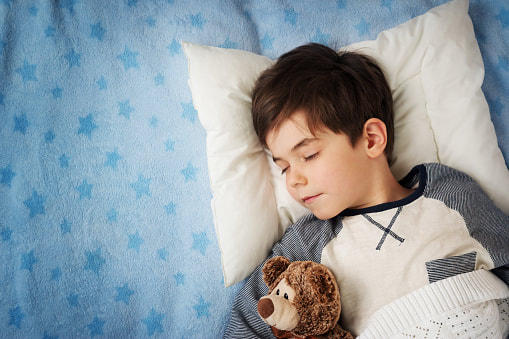Helping Your Child Sleep Independently
By Lauren Ehrenfeld Psychologist, BPsych(Hons), Assoc MAPS
May 2023
By Lauren Ehrenfeld Psychologist, BPsych(Hons), Assoc MAPS
May 2023
|
As a parent, you know that helping your child get a good night's sleep is crucial for their overall health and wellbeing. But what do you do when your child is afraid to sleep alone? The Goodnight Worry Program for Bedtime Fears may be the solution you have been looking for.
The program, created by child psychologist Dr. Laura Jana, is designed to help children overcome their fears of sleeping alone. It is based on the idea that children can learn to manage their anxiety by practicing relaxation techniques and positive self-talk. |
The Goodnight Worry Program

Many parents allow their children to sleep with them because they want their child to feel secure, are not confident the child will sleep independently, or have difficulty setting limits. The Goodnight Worry Program teaches children to self-soothe and fall asleep alone. This program involves developing a healthy bedtime routine, having open discussions with your child about sleep and habits, and gradually teaching your child to fall asleep without a parent present. A good bedtime routine involves regularity, relaxing activities, positive associations with bed and sleep, and avoiding stimulating activities before bed.
Key Rules to Help Your Child Independently Sleep
One of the important aspects of the program is the clear rules it sets out to your child for what is expected of them. These rules provide predictability, control, and security for your child. The following are some key rules that you can follow to help your child sleep alone:
- Stay put. Once your child is put to bed, they should remain in their bed for the entire night without getting up or leaving their bed.
- Enter the zone alone. While you may be with your child until they are drowsy, they must be alone when they fall asleep. You can sit on their bed, but you cannot lie down with them.
- Lights out, no crying out. Your child must not call out, whine, demand, cajole, or bargain after saying good night or between "check-ins." You can offer comfort and reassurance, but only when your child is in their bed, and only when you choose, not when they demand.
- Back in 10. You should return to your child's bedroom every ten minutes to check-in, offer comfort and soothing words for up to two minutes, and inform them that you will return in ten minutes for another check-in. You should repeat this as many times as needed until your child falls asleep.
It is essential that you are not in the room when your child falls asleep. They must learn to make that transition alone. You should avoid engaging them in discussions of the rules or their fears. This is not a time for problem-solving or debate. It is a time for sleep. Additionally, it is important to remain calm and avoid getting angry if your child protests or tries to break a rule. Gradually, over the course of a few nights, your child will learn that they can fall asleep alone. They will also learn that if they awaken in the middle of the night, they do not have to go to your room and get in your bed – they can fall back asleep on their own.
By following the Goodnight Worry Program for Bedtime Fears and establishing clear rules, you can help your child overcome their fears and learn to sleep alone. With consistency and patience, your child can establish a new habit and get the restful sleep they need for optimal health and wellbeing.
Source: https://ogradywellbeing.com/services/child-sleep/


